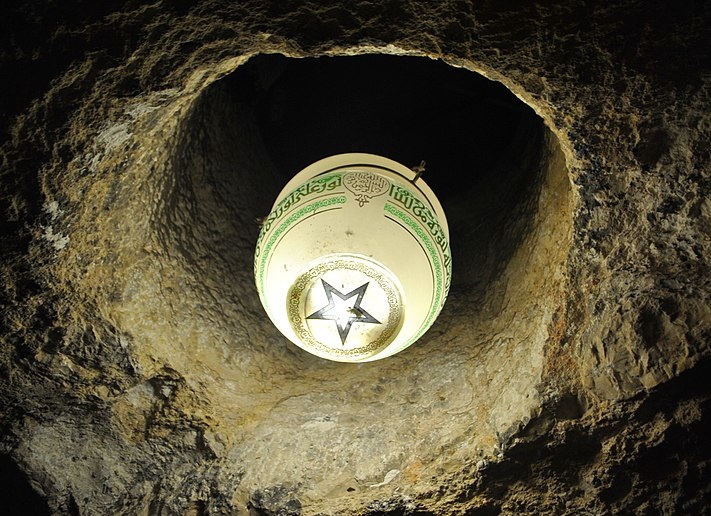Emperor Rudolph II kept a pet tiger running wild in his castle at all times. People who came to the castle were assured that if the tiger hurt them that the Emperor would reimburse them or their heirs.
I’m just saying… the guy was wild.
Rudolf II inherited the Mira Calligraphiae Monumenta from his grandfather Emperor Ferdinand The First (who had an impressive five-head).
The Mira Calligraphiae Monumenta (“The Model Book of Calligraphy”) is a magnificent creation.
It features plants, animals, pretty writing, and many purely fictional fantasties of supernatural things.
The Voynich Manuscript is a… it falls quite short of magnificent… I can say that it is a work of astonishing dedication.
Dedication… to tomfoolery.
It also features plants, animals, and many purely fictional fantasties of supernatural things - including somewhat less pretty (but entirely fraudulent) writing.
https://collections.library.yale.edu/catalog/2002046
It featured the calligraphized signature of E Rudolpnus (that’s how he spelled it in the manuscript, not accounting for a few umlauts or whatever) very many dozens of times.
The signatures are generally in the bottom-left of the page, and are occasionally written vertically on its edge.
Rudy had created his own colouring book - very similar to the manuscript his grandfather had given him - and was practicing his signature.
Then, he had a bold idea.
He could convince people that his nonsensical paintings were of archaic - perhaps even alien - origins.
He scraped his signatures and family crest off, weirded the whole thing up with a fake script and a few embellishments, and sent it to a friend.
The friend used a dialect from Malta.
The friend was fooled by the hoax, attempted to equate the symbols within the script to alphabetical characters, and eventually hazarded a guess that the book must be from “West France”.
I have now been distracted by the influence of Emperor Rudolpnus’ humour for too many hours of my precious life.
From this manuscript, however, I discovered a new form of identification of written characters, and coined them “hydroglyphs”.
Hydroglyphs occur when a manuscript gets wet, water stands on the page, ink leaches out of/off of the page, the ink floats on top of the standing water, the water carrying the ink moves, the water carrying the ink dries, and the ink carried by the water re-adheres to the page in a new location (often with a different orientation).
Rudy would have approved of the actual knowledge incidentally gained from his prank.
Here are only two of the very, very many examples of Rudolpnus’ calligraphic signature within the Voynich Manuscript:
https://upload.wikimedia.org/wikipedia/commons/9/93/Voynich_Manuscript_(32).jpg
https://i.imgur.com/gyO0YbP.jpg
https://upload.wikimedia.org/wikipedia/commons/6/6d/Voynich_Manuscript_(66).jpg
https://i.imgur.com/qjEgHaZ.jpg
The response and attempted alphabet are on the first page of the manuscript, and were written in what I translated as Catalan, Corsican, or Galician around 2017, if I recall correctly.
There are claims that the Latin names of similar plants have been found within the script. That is entirely possible.
It is also possible that the script may be decoded in whole or in part into a language from the region of Malta around the 16th Century.
What is not possible is that the script is alien, or contains anything of great interest or import.
The Emperor was a fabulous occultist, but there are no reports of great wealth or health being found in his Empire. There is no Fountain Of Youth or recipes of chrysopoeia to be found therein.

